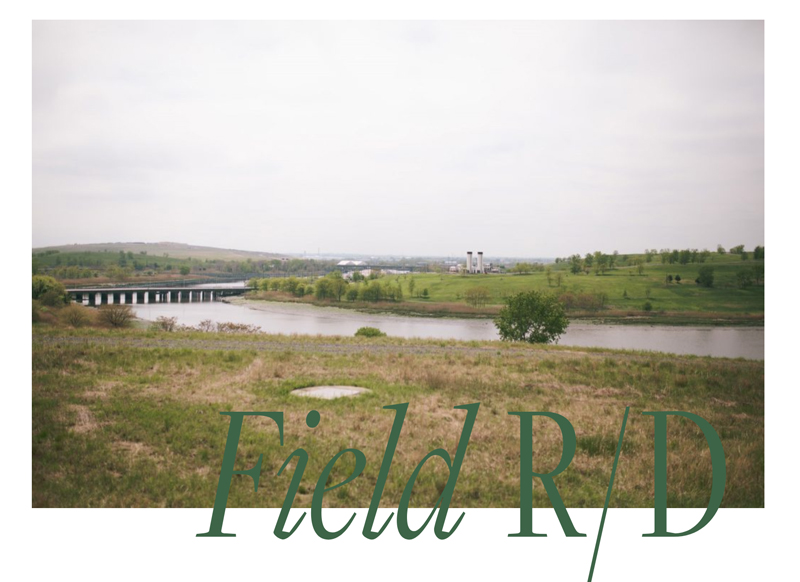
The Freshkills Park: Field R/D is a public art platform and research program designed by Dylan Gauthier and Mariel Villeré centered around the new Freshkills Park in Staten Island.
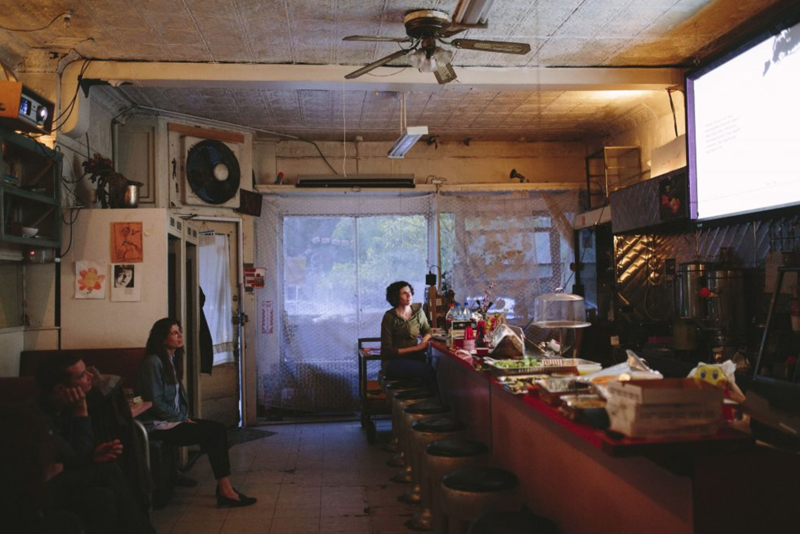
The huge array of projects they support explore every corner of conceptual art, with publications, exhibitions, discussion forums, dinner parties, virtual realities, and field trips, (Photo by Natalie Conn)
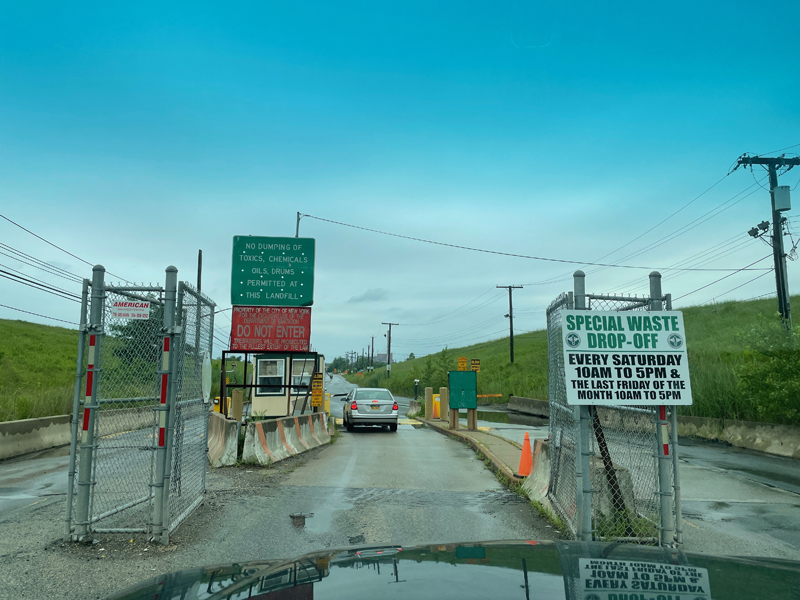
which is how we came to this gate with permission to enter the historic Freshkills landfill (soon to be Freshkills Park),
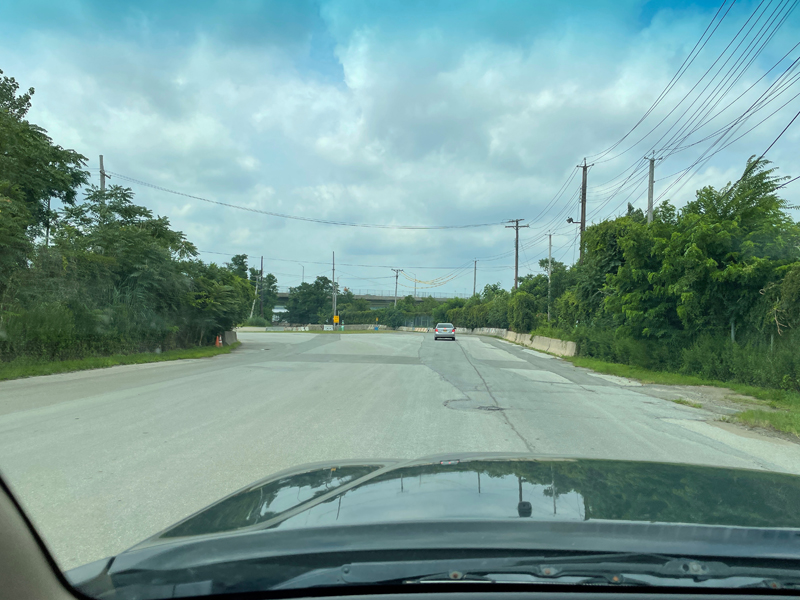
and we were waved through.
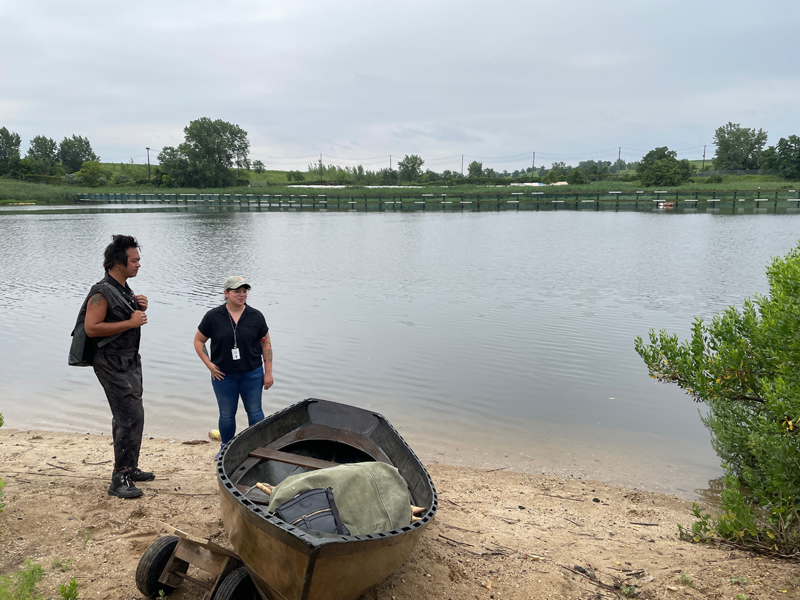
The crew was Dylan Gauthier, Sto Len, and Ashley Frenkel, and our objective; to see the park from the water and generate some conversation around toxicity and remediation,
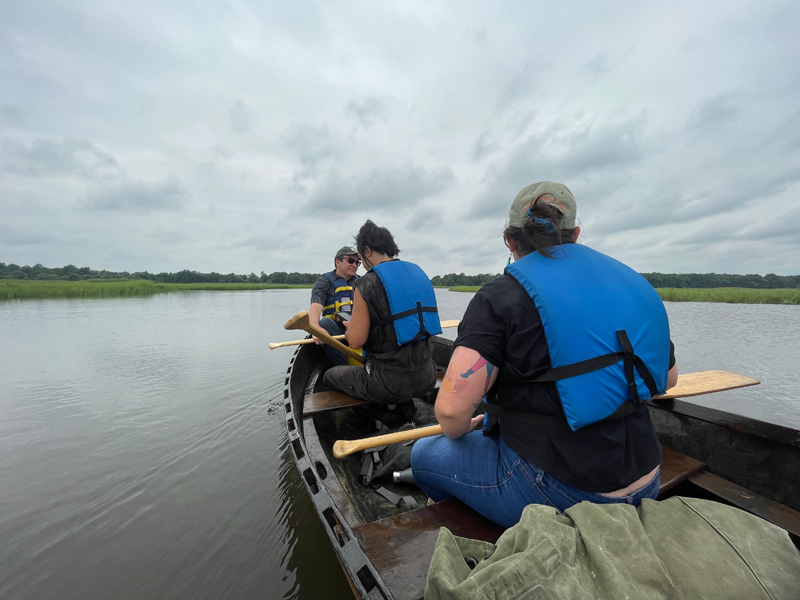
which of course, is my favorite thing to do.
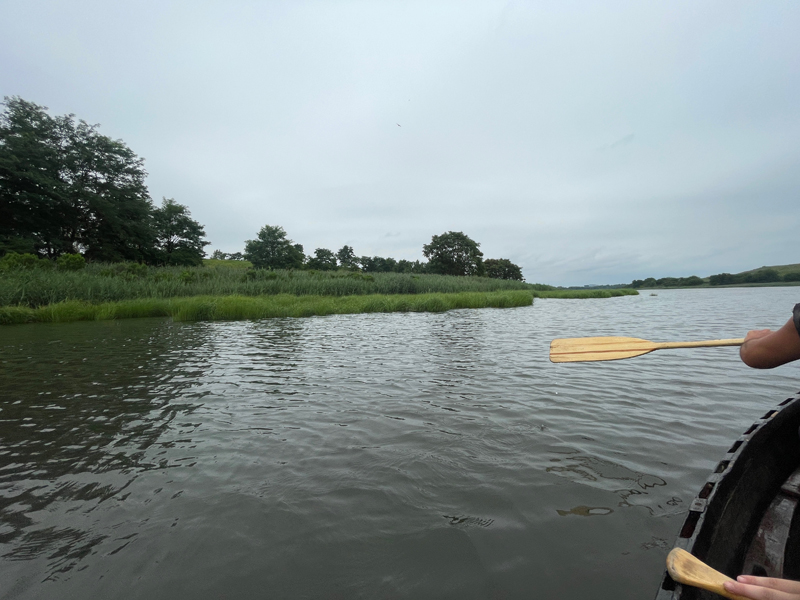
As we glided past acres of salt marsh with osprey wheeling overhead, we talked about the Field R/D project and how things got started.
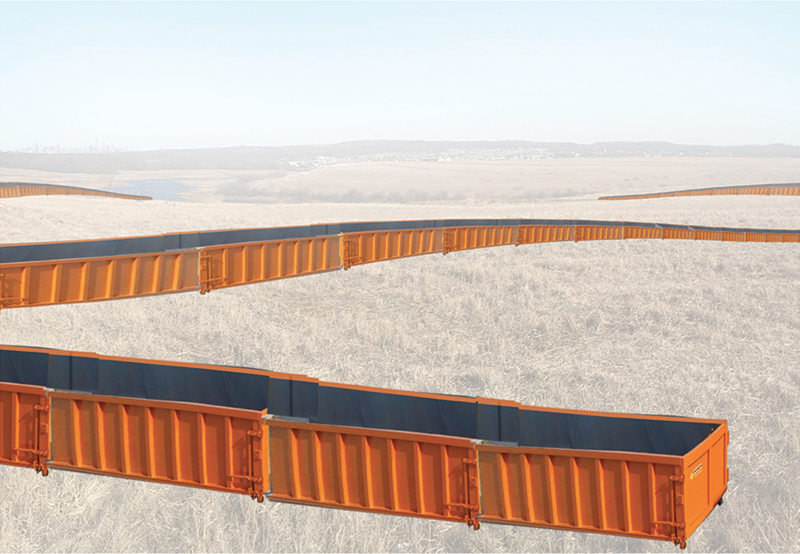
Some of the first proposals were massive installations like the Dufala Brothers’ ‘Dominoes’ an action that would have assembled all the dumpsters left in the park into a massive earthwork-scale kinetic event. (image courtesy Steven and Billy Dufala)
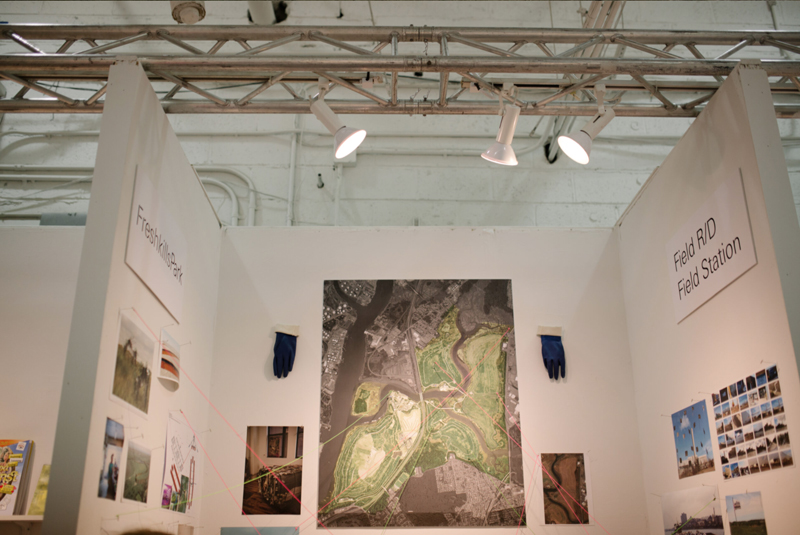
It would be like Storm King, Dylan imagined, but instead of big steal forms sitting still forever, the sculpture would be engaged, mobile, AND monumental. What could be better?
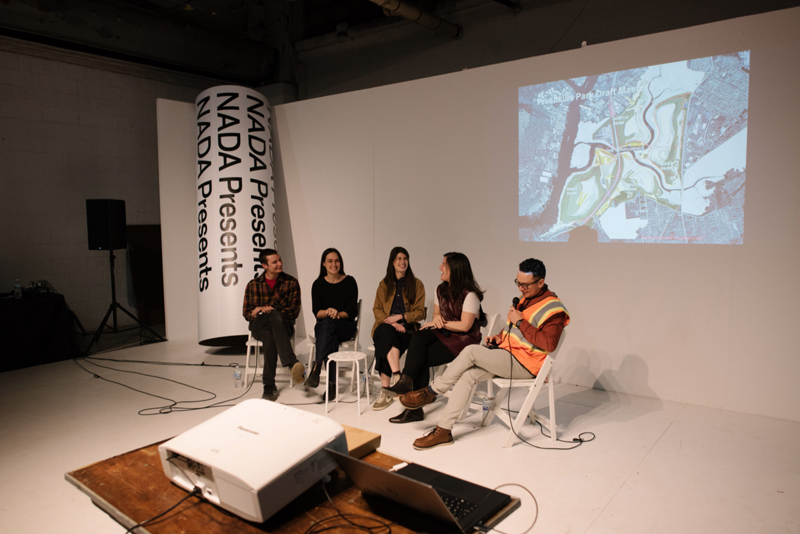
As the group met over presentations, dinners, and site visits, things began to take form in a different way,
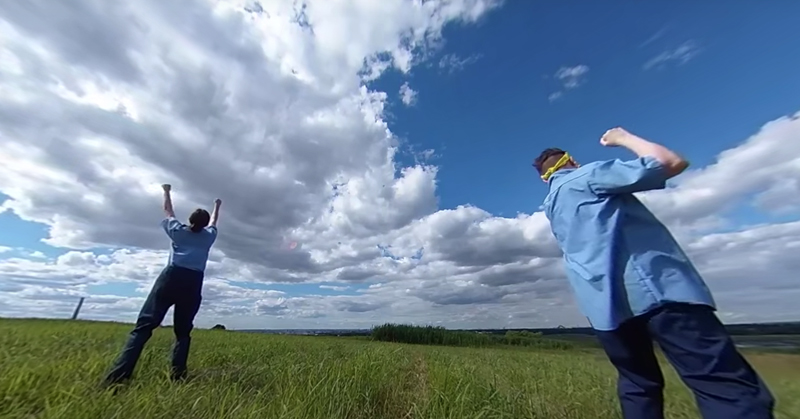
like Nancy Nowacek’s ‘Fieldwork’ a movement piece shot in 360 video offering viewers a participant oriented experience of the choreography and of the site, (still from Nancy’s 360 video)
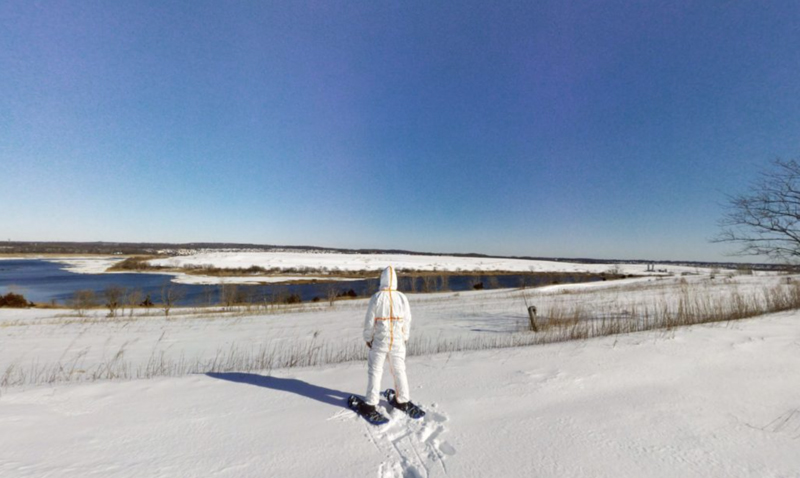
or Sto Len’s beautiful interactive video ‘Away is a Place’ where viewers navigate through a 3D scan of the park. (photo courtesy of sTo Len)
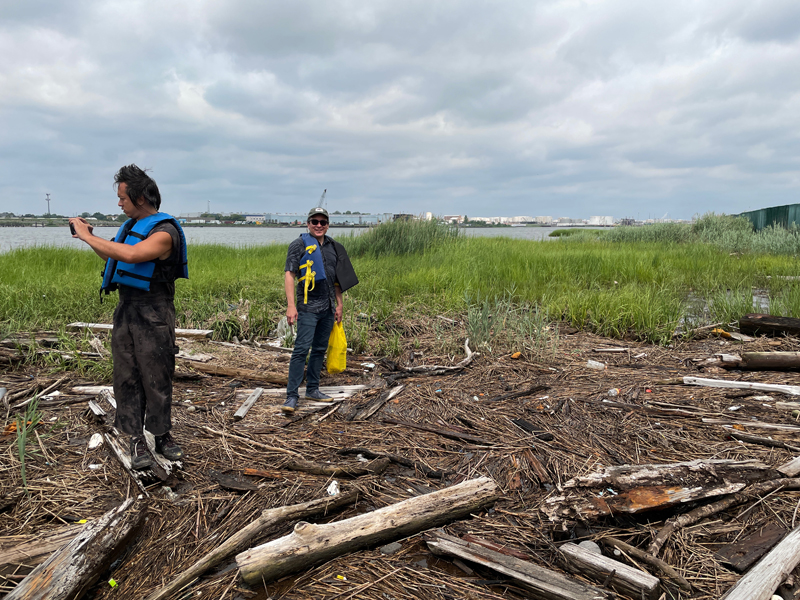
The research residency format came to embrace change as an organizing principle, and the projects, because of their evanescent quality, contrast meaningfully with the horrific permanence of the landfill itself.
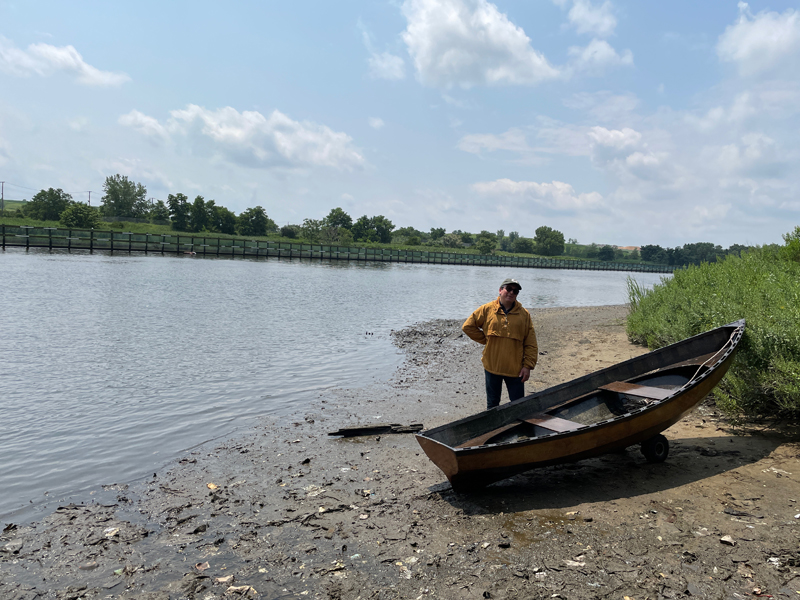
Dylan had explained this to me over the years, but it made more sense when I saw the site for myself.
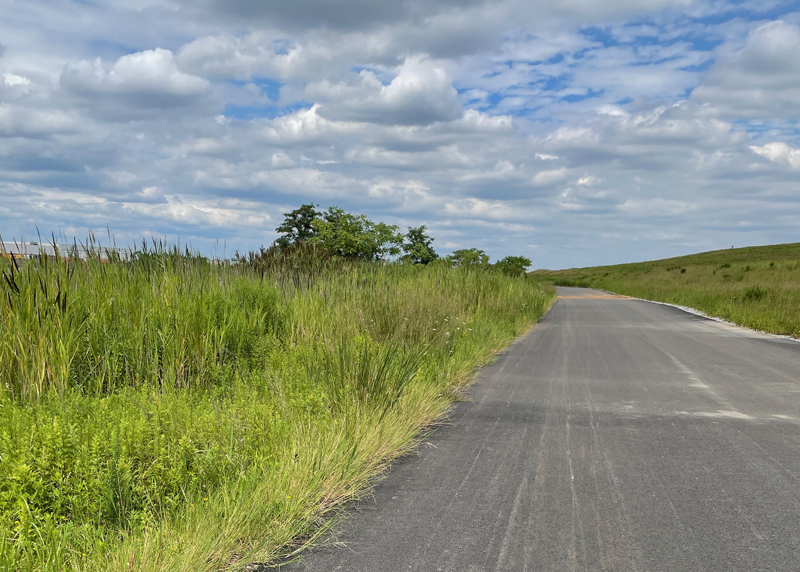
The park is enormous and we were absolutely surrounded by rolling hills that look more like southern Montana than Staten Island.
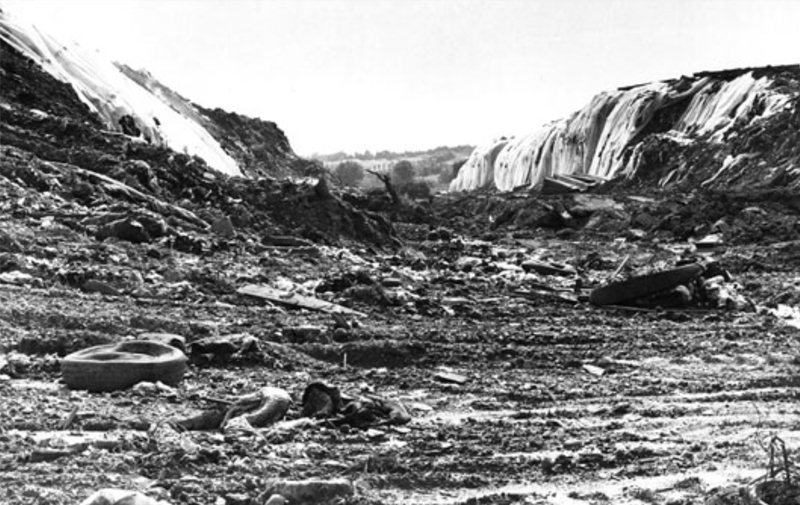
In fact, when the mounds were in use, this was the largest manmade structure in the world and the highest point on the Eastern Seaboard south of Maine. (Photo Lawrence Muresan for The New York Times in 1982)
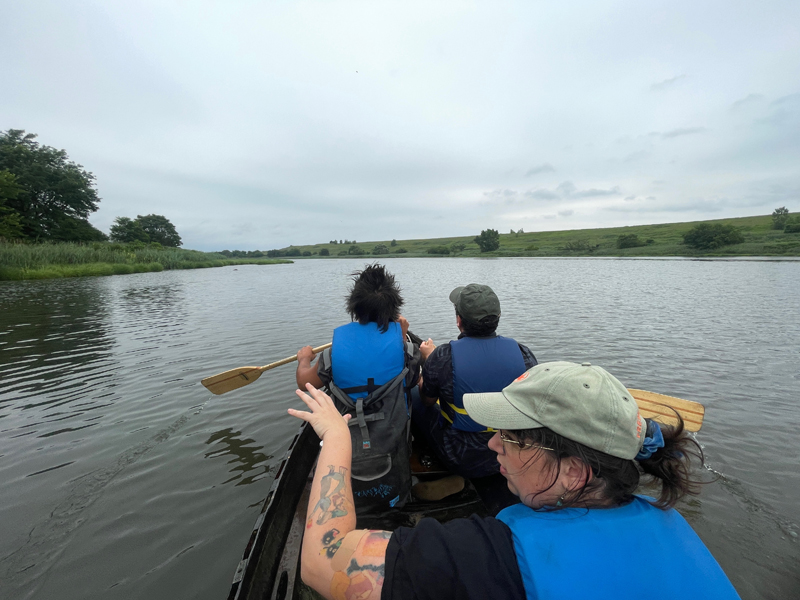
As we traversed the creeks and inlets it was hard to even imagine what that must have been like.
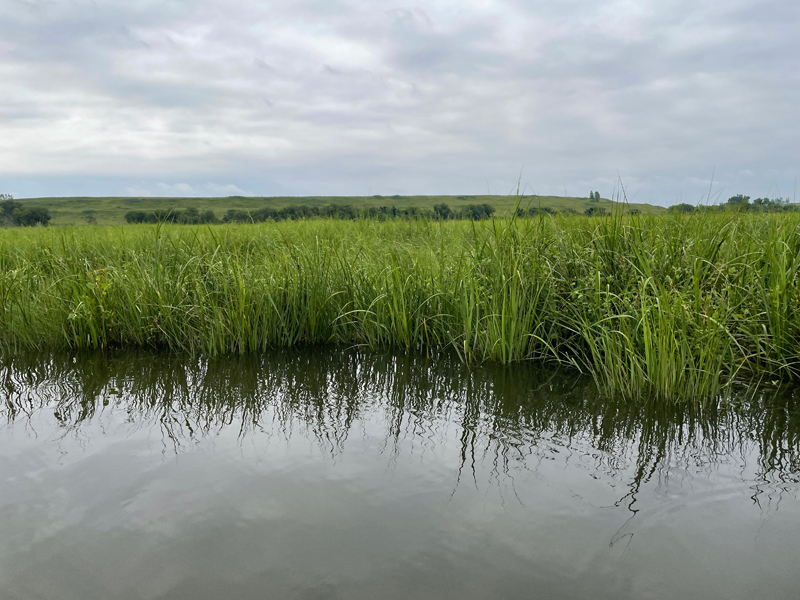
The landscape at the waterline is more similar to what it might have been like had the landfill never existed; perfectly flat, each bank of cordgrass blocking out the view for miles in every direction.
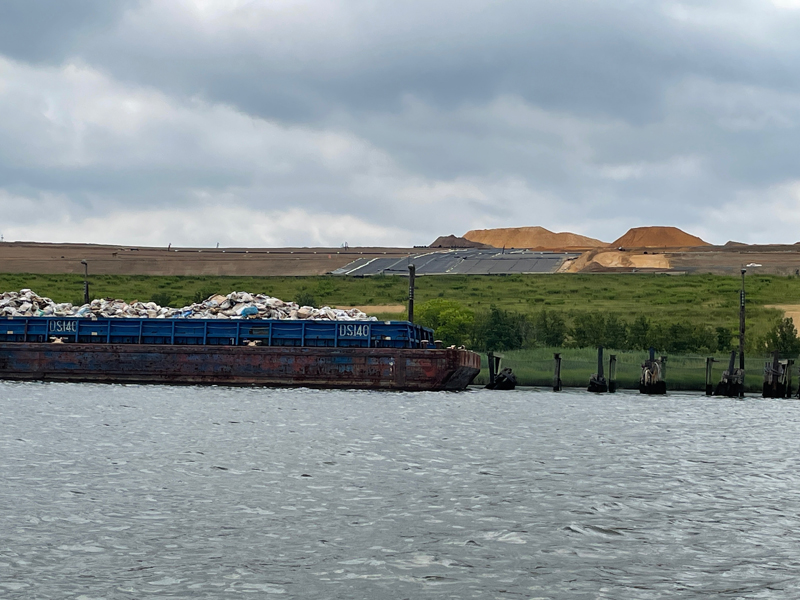
We headed for the Isle of Meadows, passing some mounds that are still in the process of being sealed.
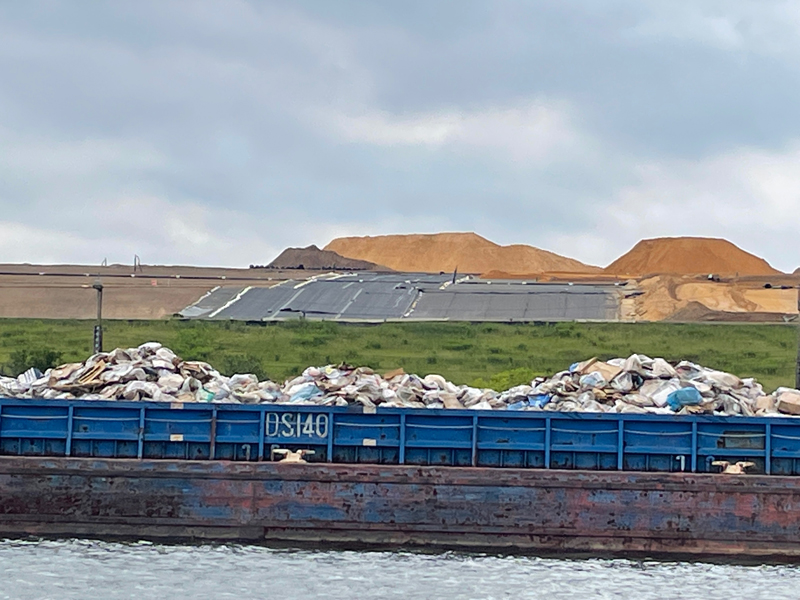
You can see the massive plastic sheet, or ‘giotextile’, that covers the trash, and the tons of earth that cover that.
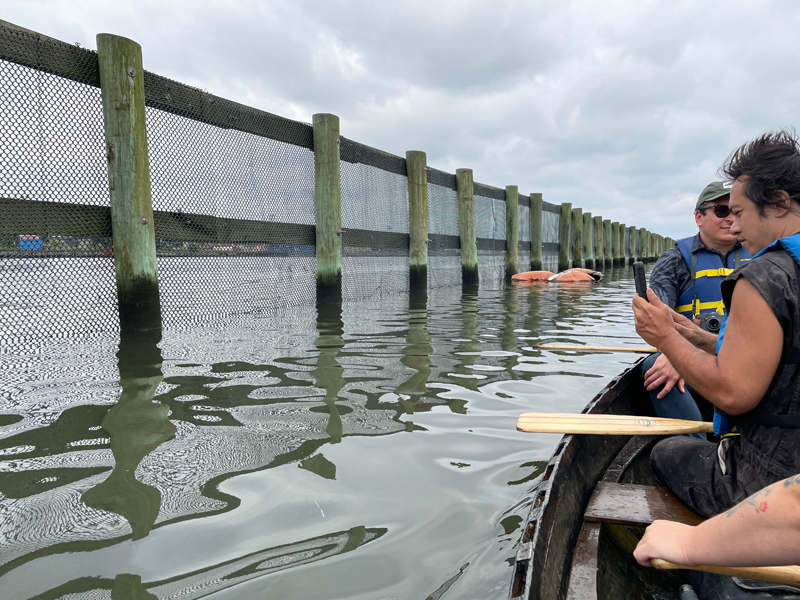
We passed by miles of another kind of prophylactic infrastructure.
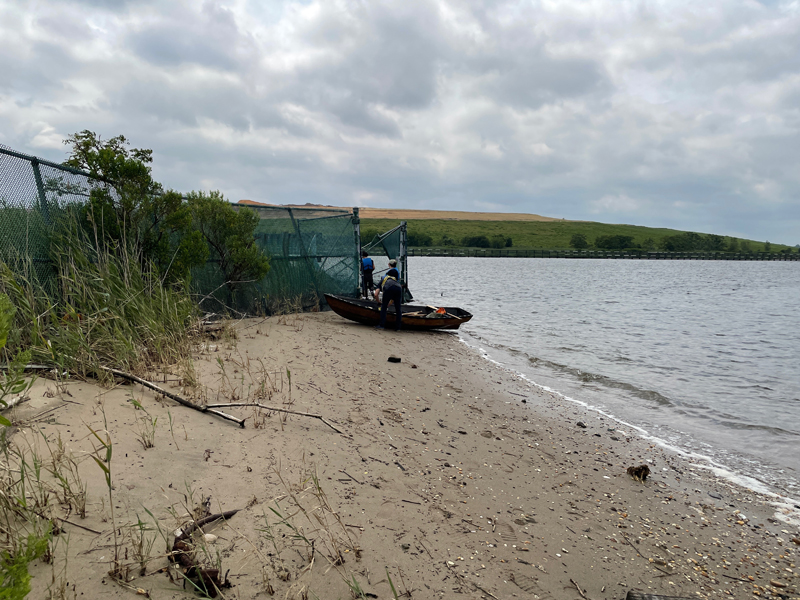
“Is this fence supposed to keep us in or out?” we wondered,
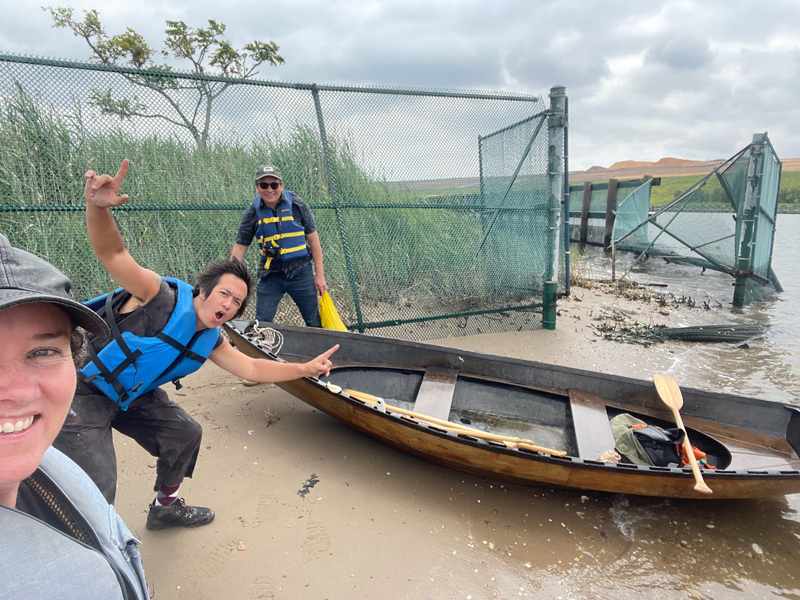
never feeling like we were on the correct side.
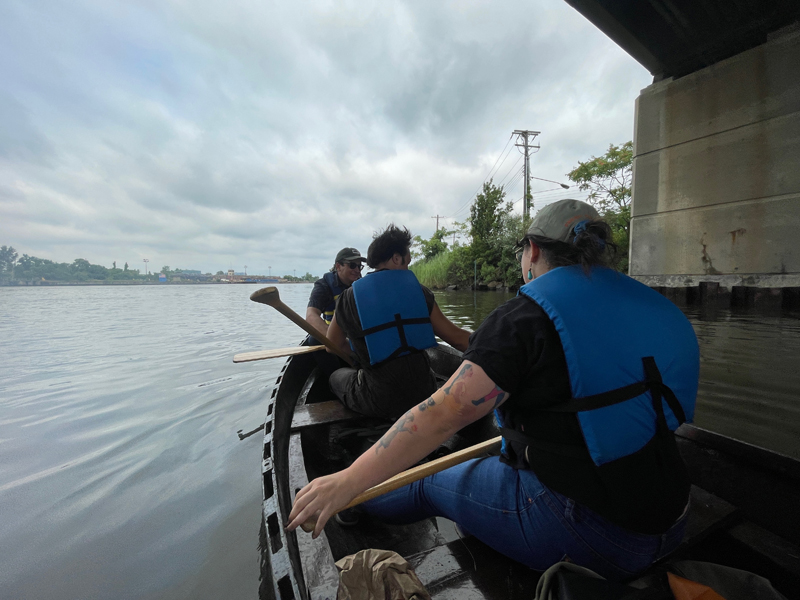
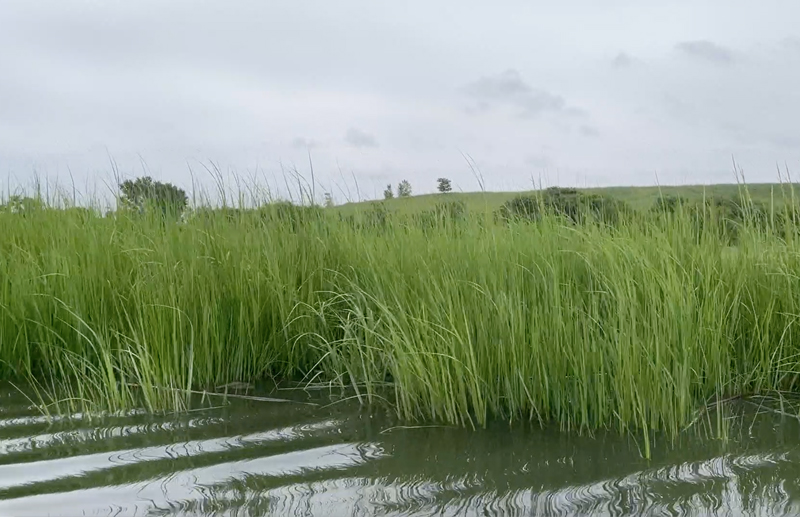
↑ Return to Top of Page ↑